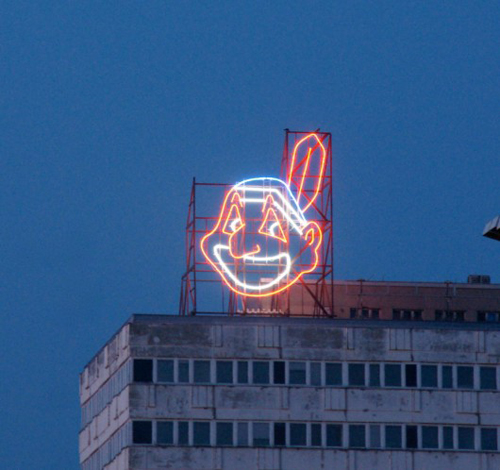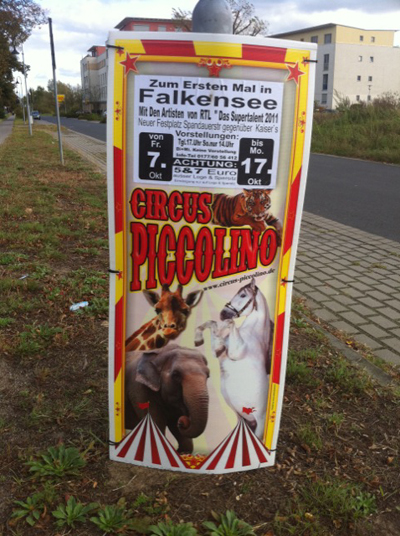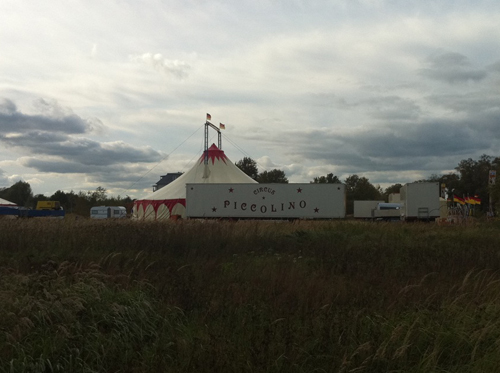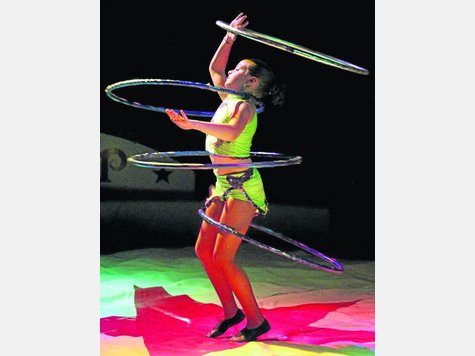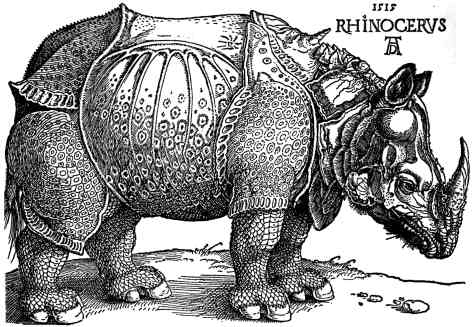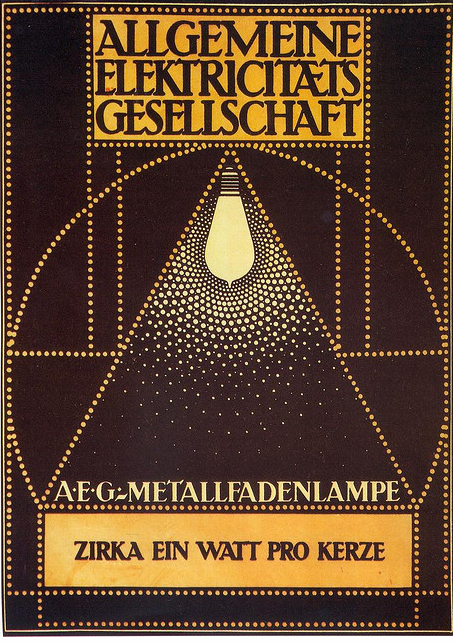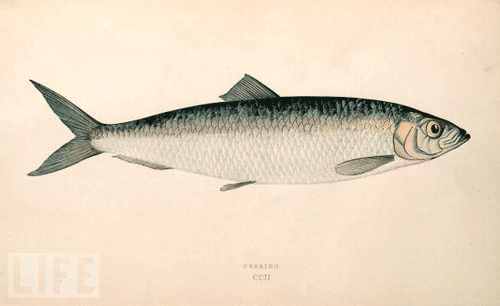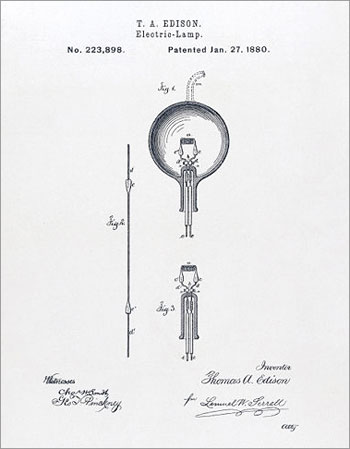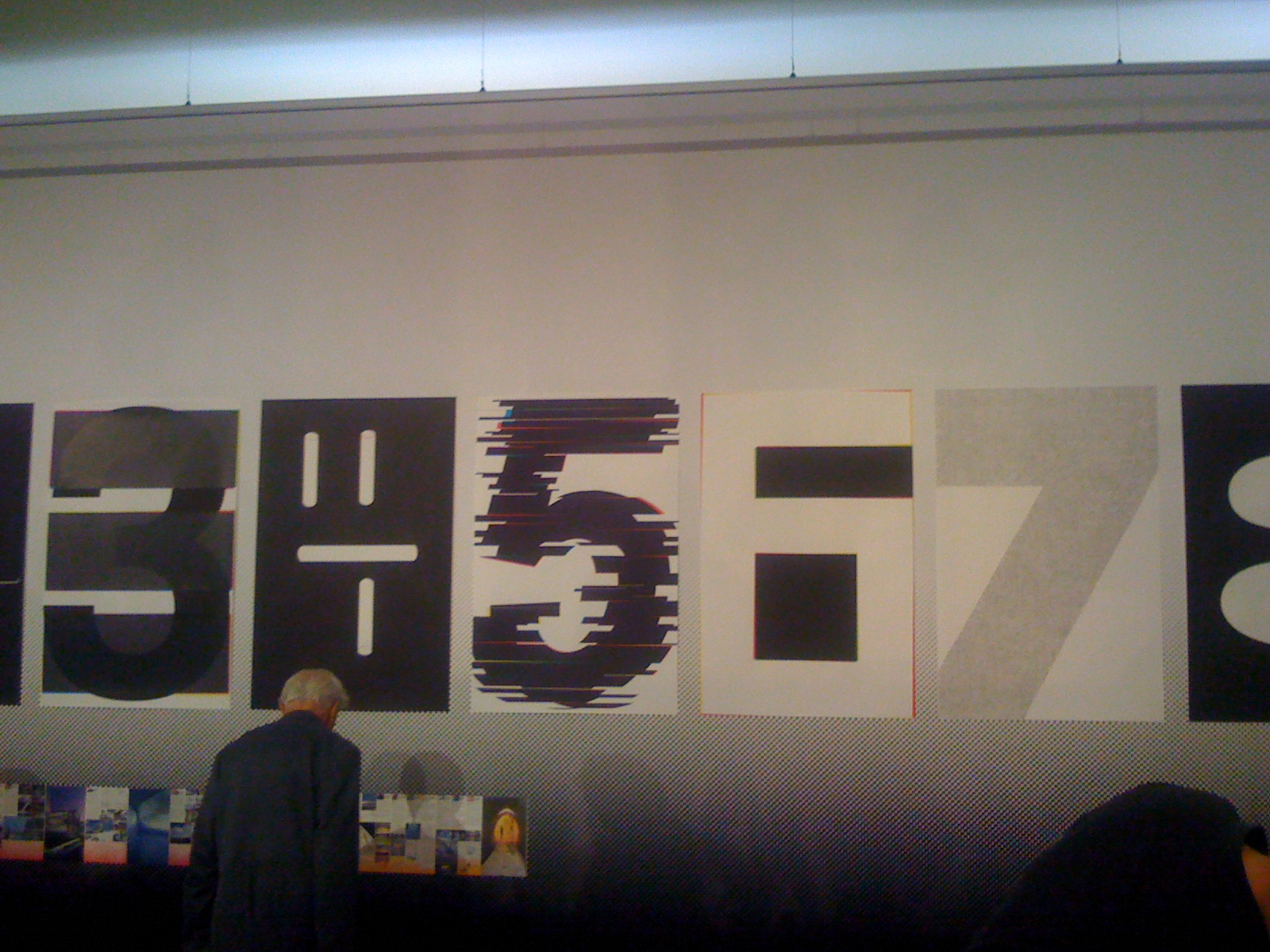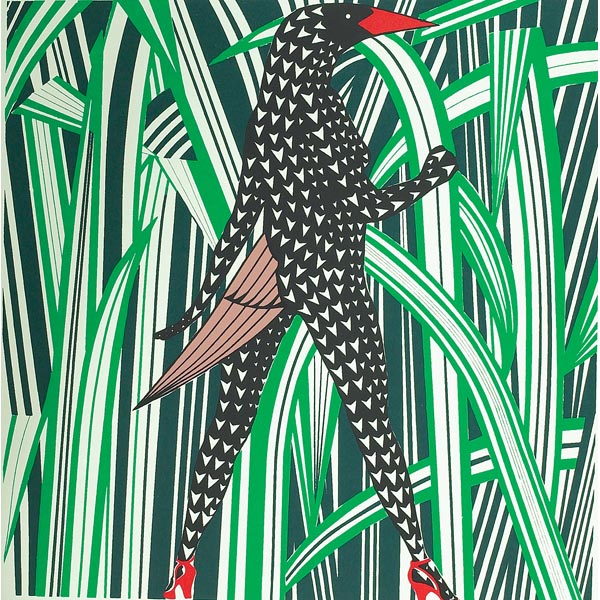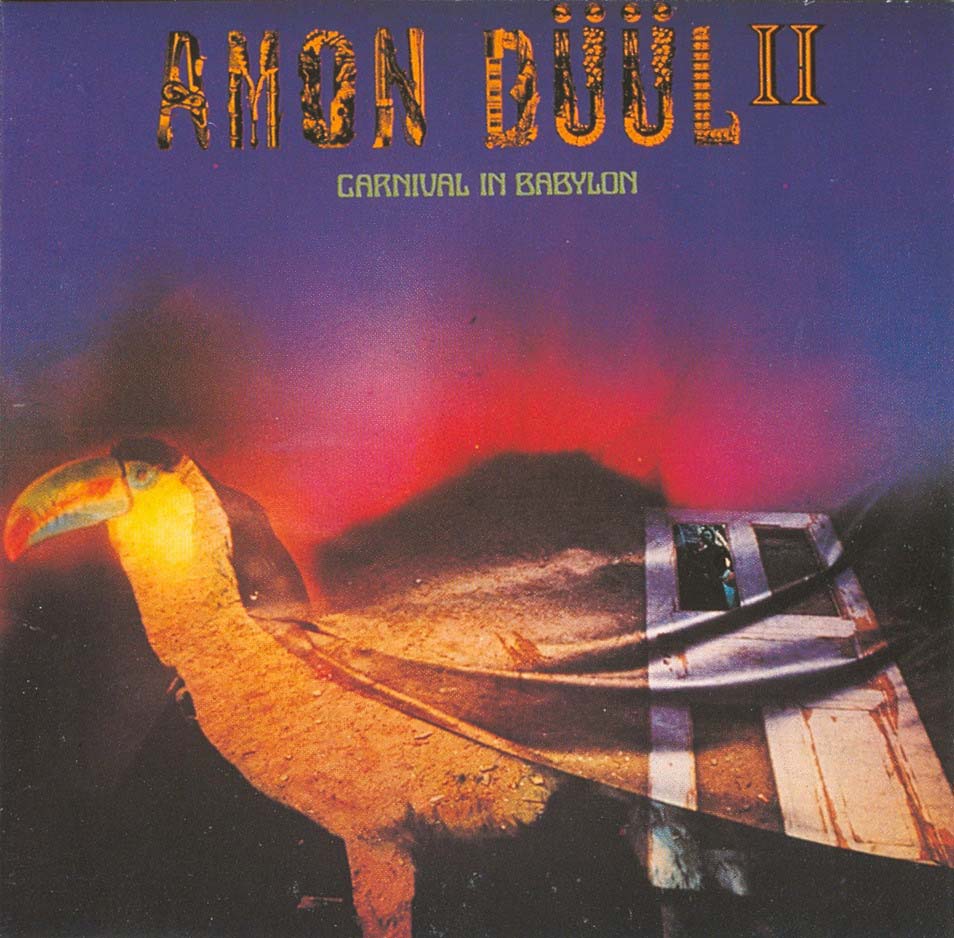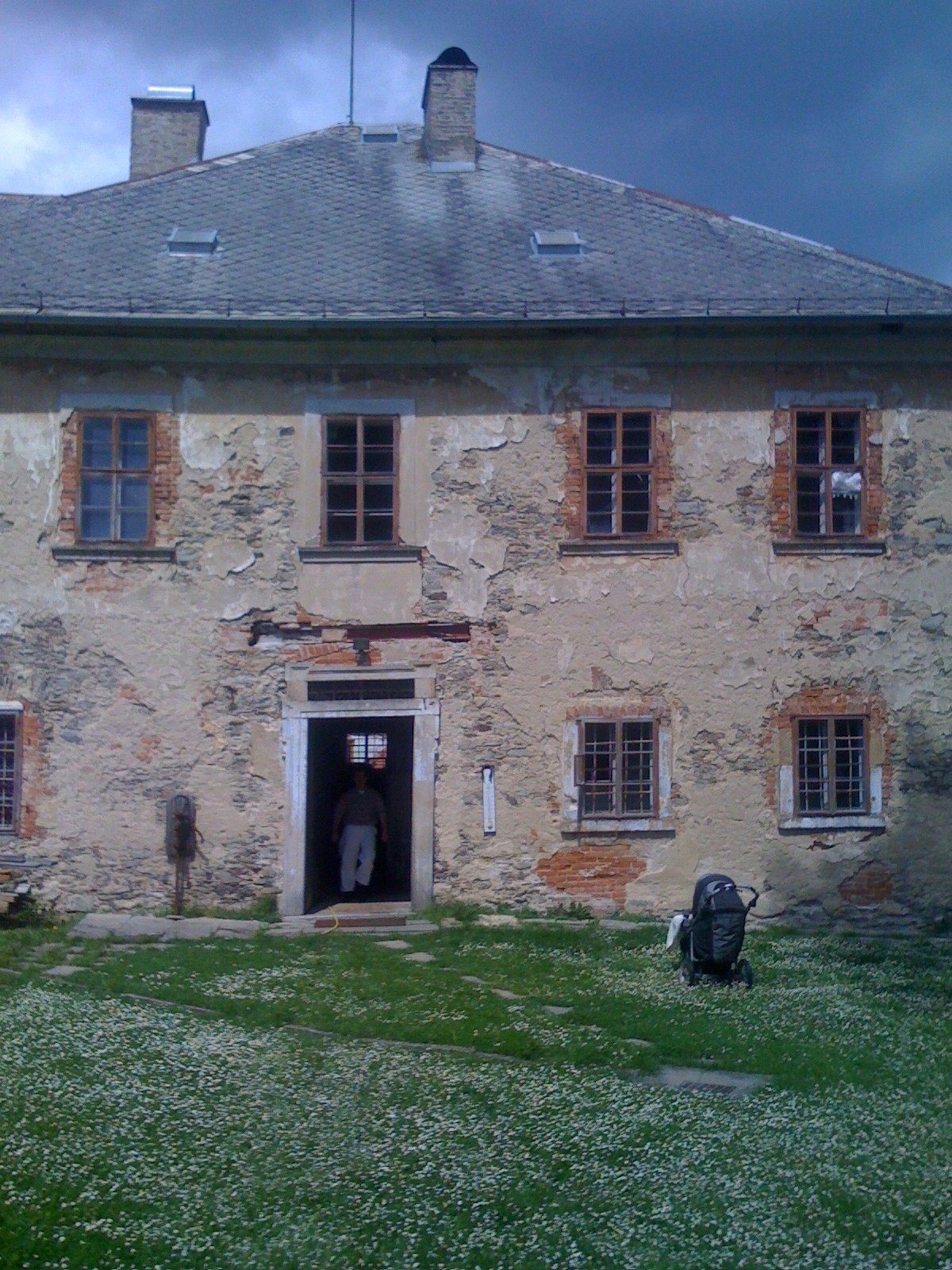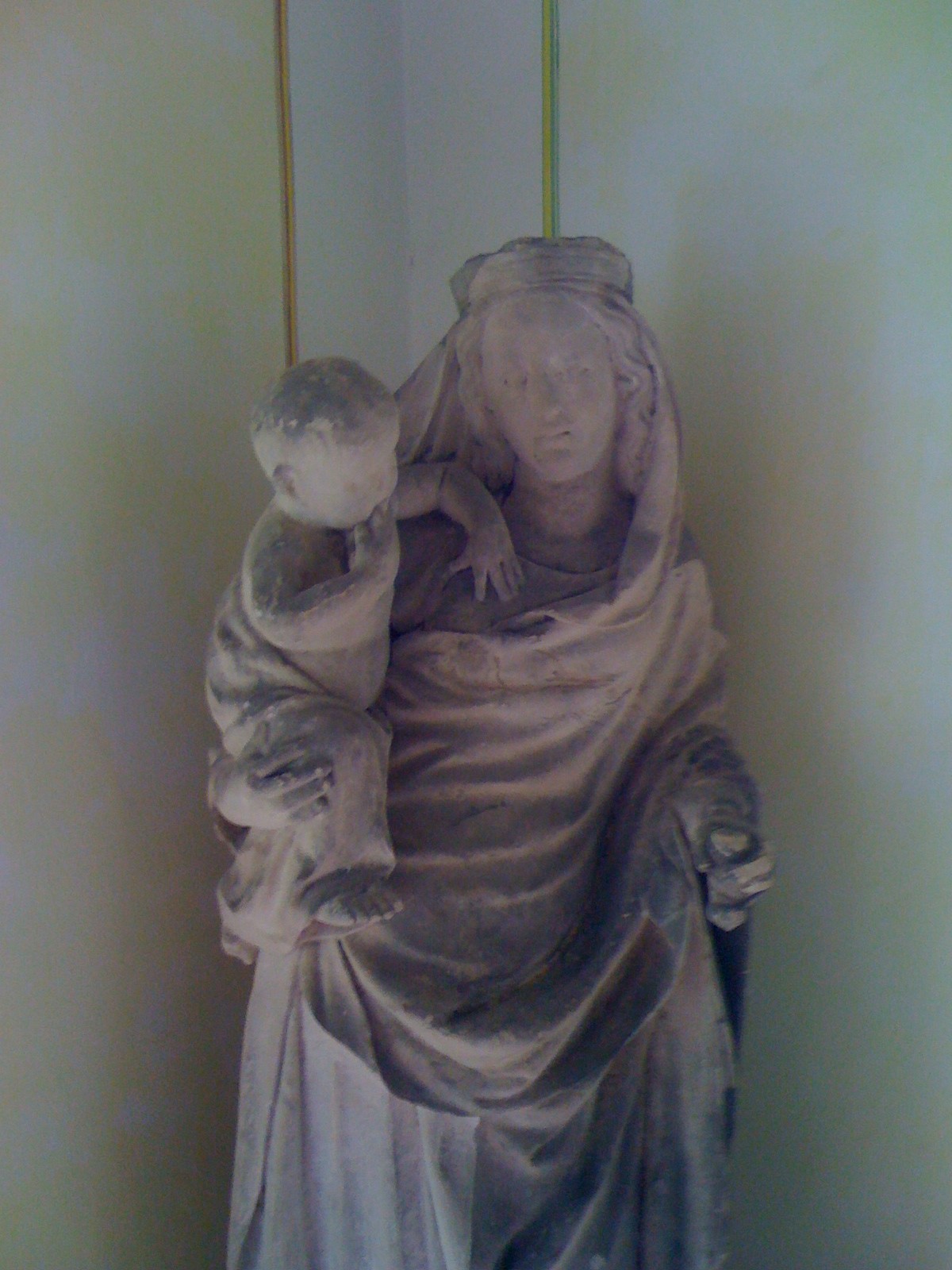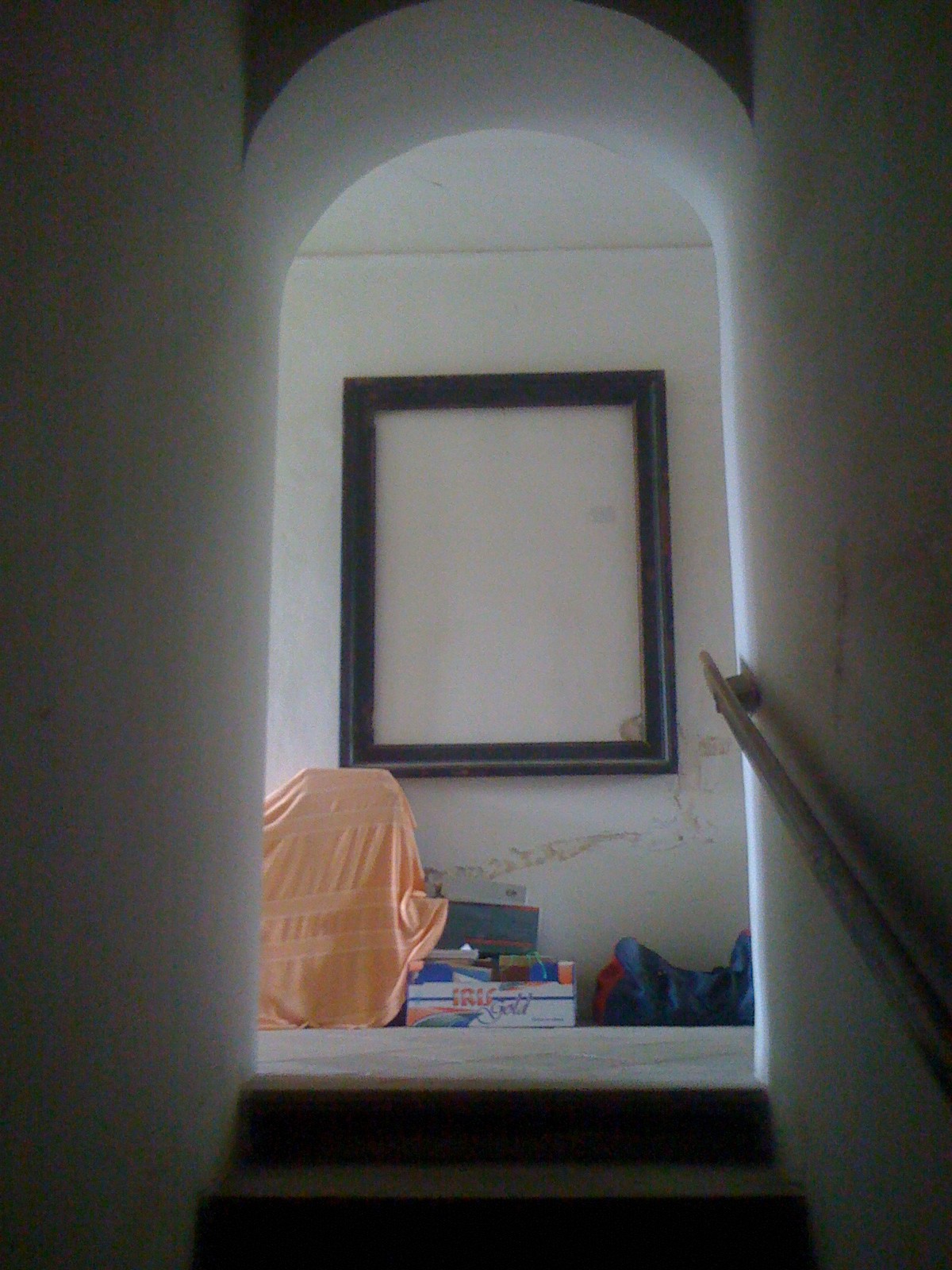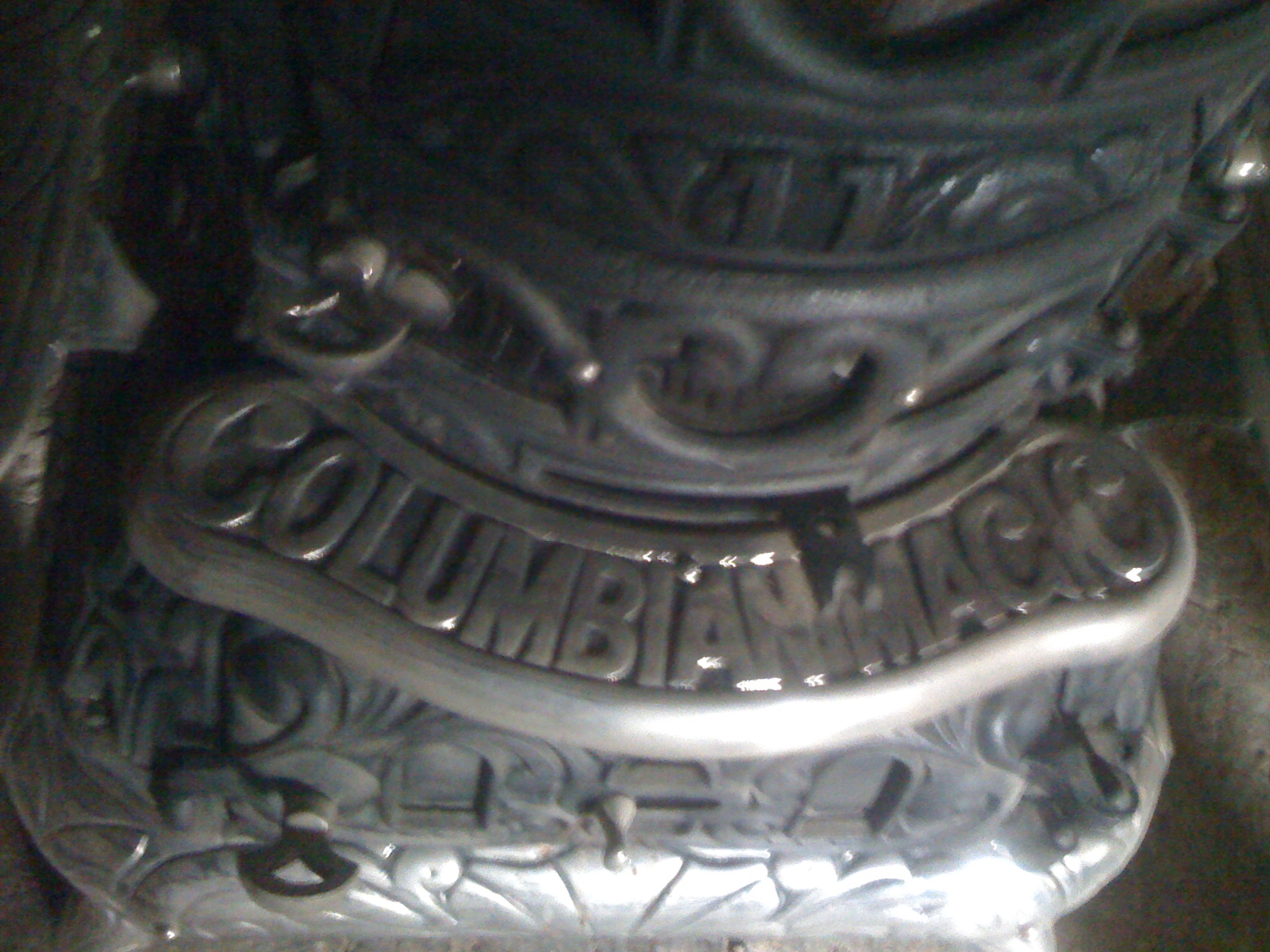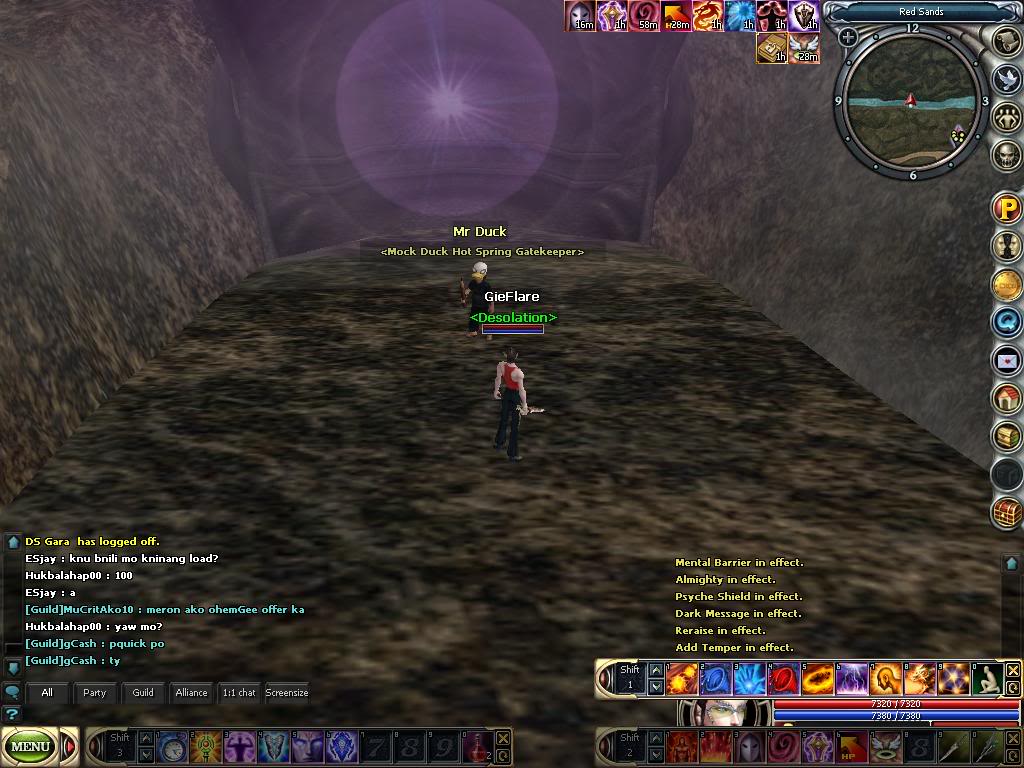I’m currently working on a follow-up article for Smashing Magazine on another design-related topic, one that comes out of a lecture I give to my Prague College students. In the lecture, I use the following image in a joking manner to make a point about images that have no ‘concept’ or ‘message’ behind them:

This image is awesome, and I badly want to use it in the Smashing Mag version of the lecture… but the digital rights usage issues are tricky in this case. It’s not Creative Commons territory, and its not something I found off a cheap stock image site where you can buy the rights for a song. Initially, I couldn’t remember where I had gotten it from, and presumed (accurately, as it turns out) that it was just something I’d grabbed from a google images search while harriedly throwing together a school lecture as fast as was humanly possible.
Thus began a tortuous journey down the obscure cul-de-sacs of the information superhighway, in search of the individual who owns the rights to a certain image, in the hopes of successfully begging this individual for permission to use the image without any cash switching hands. Ready to begin my journey, I mounted Cassiopeia, holding firmly on to her snow-white mane while her slender, spiraled horn flashed against the sky. With the cautious grace of a deer, she set off through the Elysian Fields of the internet, as we began our magical digital rights quest.
A little googling around brought me to Unicorn-Pictures.com, where the image is handsomely available in this gilded frame…
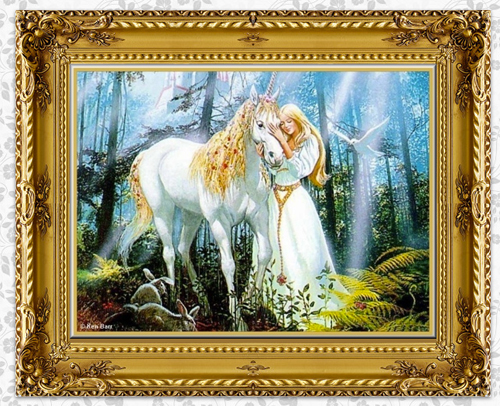
… and with this description:
Matching Unicorn and Princess
This intimate scene set in a forest shows a young, blonde woman tenderly embracing a white unicorn. The unicorn’s blonde mane is sprinkled with glitter and reflects in the rays of light breaking through between the trees.
This loving description led me to think that perhaps I’d found the rights-owner of this image. The Unicorn-pictures.com site has no contact information, but it seems to belong to something called (brace yourself) the Cornify Network (which also incldues UnicornPedia, FYI). The flagship of the network is Cornify.com, which makes no bones about their desire to ‘wish you sparkly happiness forever!!‘ straight away on the homepage in Comic Sans font.
A little more digging into their About page revealed this charter statement:
What is Cornify?
Cornify is the #1 unicorn and rainbow service on the internet, and quite possibly in the world.[*]
We help spread happiness by providing sophisticated unicorn and rainbow tools and services to website publishers, bloggers and the general internet audience. The philosophy behind Cornify can be summed up by this simple equation “unicorns + rainbows = happiness”. This very simple insight drives the team behind Cornify to push the latest web technology into realms previously unthinkable to optimize the happiness-per-user ratio online.
(* This claim confused me, only because it would never have occurred to me that the #1 unicorn and rainbow service would live anywhere but on the internet.)
I’m not exactly sure how to tell you this, but my next discovery was that Cornify won the People’s Choice Award at South by Southwest Web Awards in 2010, beating out interactive giants such as Hulu and Flickr. Wow.
Anyway, I found a contact email and sent the following request:
Dear Cornify,
I am writing an educational article for SmashingMagazine.com about graphic design. I would like to use the enchanting* ‘Princess and Unicorn’ image (link) from UnicornPictures to illustrate a point that I am making about graphic design. I do not see a contact address for UnicornPictures or UnicornPedia, so I’m wondering if you own the rights to this image and whether you would kindly grant me permission to use it for this purpose?
Keep up the smiles!*
Dan
(* I admit to a certain amount of shameless pandering here in my quest for rights permission.)
Promptly, this cheerful (and surprisingly pragmatic, I might add) response came back:
Aloha Dan,
I don’t own any rights to that image. Considering the site has been up for a year and nobody has said anything, you should be fine just using it as you see fit.
Good luck with the article.
Sparkles,
Cornify
Attached as a footer was this little animated gif of a prancing unicorn:

So, at this date of writing, my quest is still ongoing (I’ve since generated new leads by tracking the artist’s name, which appears in bottom left corner of image). But I know a lot more about internet unicorn sub-culture, rainbows and smiles than I did before. And, I know who won SXSW 2010.


